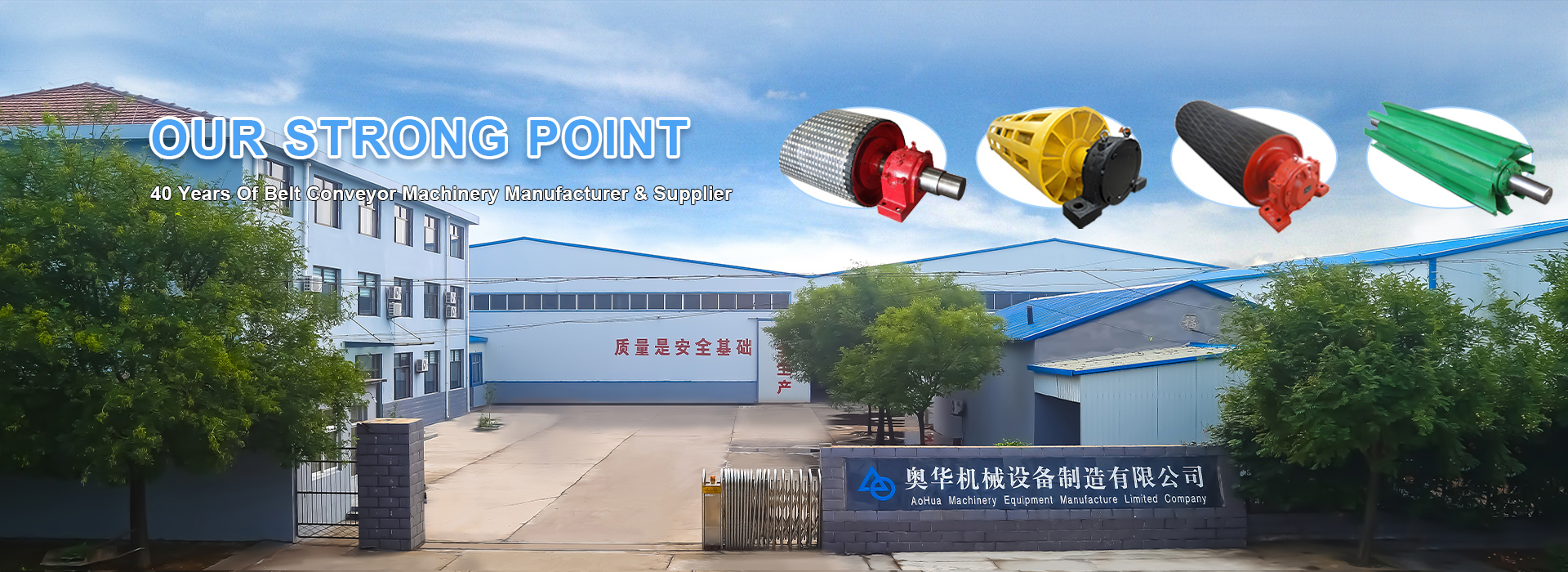 Afrikaans
Afrikaans  Albanian
Albanian  Amharic
Amharic  Arabic
Arabic  Armenian
Armenian  Azerbaijani
Azerbaijani  Basque
Basque  Belarusian
Belarusian  Bengali
Bengali  Bosnian
Bosnian  Bulgarian
Bulgarian  Catalan
Catalan  Cebuano
Cebuano  Corsican
Corsican  Croatian
Croatian  Czech
Czech  Danish
Danish  Dutch
Dutch  English
English  Esperanto
Esperanto  Estonian
Estonian  Finnish
Finnish  French
French  Frisian
Frisian  Galician
Galician  Georgian
Georgian  German
German  Greek
Greek  Gujarati
Gujarati  Haitian Creole
Haitian Creole  hausa
hausa  hawaiian
hawaiian  Hebrew
Hebrew  Hindi
Hindi  Miao
Miao  Hungarian
Hungarian  Icelandic
Icelandic  igbo
igbo  Indonesian
Indonesian  irish
irish  Italian
Italian  Japanese
Japanese  Javanese
Javanese  Kannada
Kannada  kazakh
kazakh  Khmer
Khmer  Rwandese
Rwandese  Korean
Korean  Kurdish
Kurdish  Kyrgyz
Kyrgyz  Lao
Lao  Latin
Latin  Latvian
Latvian  Lithuanian
Lithuanian  Luxembourgish
Luxembourgish  Macedonian
Macedonian  Malgashi
Malgashi  Malay
Malay  Malayalam
Malayalam  Maltese
Maltese  Maori
Maori  Marathi
Marathi  Mongolian
Mongolian  Myanmar
Myanmar  Nepali
Nepali  Norwegian
Norwegian  Norwegian
Norwegian  Occitan
Occitan  Pashto
Pashto  Persian
Persian  Polish
Polish  Portuguese
Portuguese  Punjabi
Punjabi  Romanian
Romanian  Russian
Russian  Samoan
Samoan  Scottish Gaelic
Scottish Gaelic  Serbian
Serbian  Sesotho
Sesotho  Shona
Shona  Sindhi
Sindhi  Sinhala
Sinhala  Slovak
Slovak  Slovenian
Slovenian  Somali
Somali  Spanish
Spanish  Sundanese
Sundanese  Swahili
Swahili  Swedish
Swedish  Tagalog
Tagalog  Tajik
Tajik  Tamil
Tamil  Tatar
Tatar  Telugu
Telugu  Thai
Thai  Turkish
Turkish  Turkmen
Turkmen  Ukrainian
Ukrainian  Urdu
Urdu  Uighur
Uighur  Uzbek
Uzbek  Vietnamese
Vietnamese  Welsh
Welsh  Bantu
Bantu  Yiddish
Yiddish  Yoruba
Yoruba  Zulu
Zulu rubber conveyor rollers
Understanding Rubber Conveyor Rollers A Key Component in Material Handling
Rubber conveyor rollers play a crucial role in the material handling industry, serving as an essential component in various conveyor systems. These rollers are designed to support the weight of the conveyed materials while ensuring smooth and efficient movement along the conveyor belt. Their unique properties make them ideal for handling a wide range of products across different sectors, including manufacturing, mining, and logistics.
What Are Rubber Conveyor Rollers?
Rubber conveyor rollers are cylindrical components that facilitate the movement of belts in conveyor systems. Typically, they consist of a steel core wrapped in rubber to provide enhanced grip and protection against wear and tear. The rubber coating is designed not only for durability but also for noise reduction and shock absorption, making them suitable for heavy-duty applications. These rollers are available in various sizes and configurations, tailored to meet specific operational requirements.
Benefits of Using Rubber Conveyor Rollers
1. Durability Rubber conveyor rollers are highly durable and can withstand harsh operating conditions. The rubber layer protects the steel core from damage due to friction, moisture, and corrosive substances, extending the lifespan of the roller.
2. Noise Reduction The rubber coating helps absorb sound, leading to quieter operation, which is particularly beneficial in environments where noise levels need to be controlled.
3. Shock Absorption The flexibility of rubber allows conveyor rollers to absorb shocks and vibrations that occur during the transportation of heavy materials. This feature not only protects the roller but also reduces the risk of damage to the conveyor system and the goods being transported.
4. Enhanced Grip Rubber offers a better grip compared to other materials, reducing the chances of slippage and ensuring smooth movement of materials. This is especially important in applications involving steep inclines or declines.
5. Versatility Rubber conveyor rollers can be used in various environments and for different applications, from transporting bulk materials in mining to handling finished goods in warehouses.
rubber conveyor rollers

Types of Rubber Conveyor Rollers
There are several types of rubber conveyor rollers, including
- Drive Rollers These are powered rollers that drive the conveyor system. They are crucial for maintaining the conveyor belt's movement.
- Idler Rollers Idler rollers support the conveyor belt and help maintain its shape. They do not drive the system but are essential for proper belt alignment.
- Return Rollers These rollers guide the belt on its return path to minimize wear and maintain efficient movement.
Maintenance of Rubber Conveyor Rollers
Proper maintenance is vital to ensure the longevity and efficiency of rubber conveyor rollers. Regular checks for alignment, wear, and damage should be conducted to prevent operational issues. Lubricating the bearings and cleaning the rollers to remove any debris can also enhance performance. Timely replacement of worn or damaged rollers can prevent more significant issues down the line, thus ensuring the smooth operation of the entire conveyor system.
Conclusion
Rubber conveyor rollers are an integral part of modern material handling systems. Their durability, noise reduction, shock absorption, and versatility make them ideal for a variety of applications across different industries. Understanding their benefits and maintenance needs can help businesses optimize their operations and enhance productivity. As industries continue to evolve, the role of rubber conveyor rollers will remain vital in ensuring the efficient and safe transport of materials.
-
Revolutionizing Conveyor Reliability with Advanced Rubber Lagging PulleysNewsJul.22,2025
-
Powering Precision and Durability with Expert Manufacturers of Conveyor ComponentsNewsJul.22,2025
-
Optimizing Conveyor Systems with Advanced Conveyor AccessoriesNewsJul.22,2025
-
Maximize Conveyor Efficiency with Quality Conveyor Idler PulleysNewsJul.22,2025
-
Future-Proof Your Conveyor System with High-Performance Polyurethane RollerNewsJul.22,2025
-
Driving Efficiency Forward with Quality Idlers and RollersNewsJul.22,2025





























